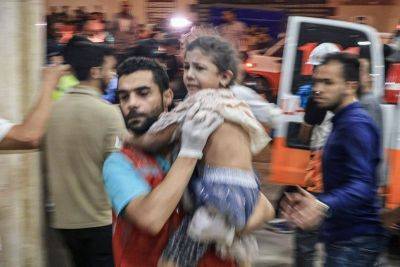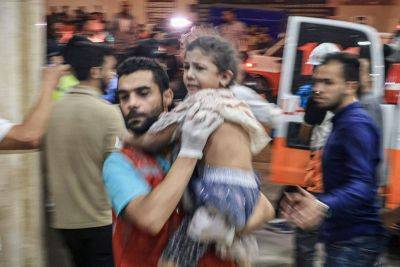Tens of millions of children uprooted by climate disasters: UNICEF
Weather disasters fueled by climate change — from floods to droughts, storms to wildfires — sparked 43.1 million child displacements from 2016 to 2021, the UN Children’s Fund warned Thursday, slamming the lack of attention paid to victims.
In a sweeping report on the issue, the United Nations agency detailed the heart-wrenching stories of some of the children affected, and co-author Laura Healy told AFP the data only revealed the “tip of the iceberg,” with many more likely affected.
“We moved our belongings to the highway, where we lived for weeks,” recounts Sudanese child Khalid Abdul Azim, whose flooded village was only accessible by boat.
In 2017, sisters Mia and Maia Bravo watched flames engulf their trailer in California from the back of the family minivan.
“I was afraid, in shock,” Maia says in the report. “I would stay up all night.”
Statistics on internal displacements caused by climate disasters generally do not account for the age of the victims.
But UNICEF worked with the non-governmental Internal Displacement Monitoring Center to unpick the data and reveal the hidden toll on children.
From 2016 to 2021, four types of climate disasters (floods, storms, droughts and wildfires) — the frequency of which has increased due to global warming — led to 43.1 million child displacements in 44 countries, the report says.
Ninety-five percent of those displacements were caused by floods and storms.
“It’s the equivalent of about 20,000 child displacements every day,” Healy told AFP, underscoring how the children affected are then at risk of suffering other traumas, such as being separated from their parents or falling victim to child traffickers.
The data reflect the number of displacements and not the number of children affected, as the same child could be uprooted more than once.
The figures do not allow for a distinction between those evacuated before a weather event, and those forced to leave in the wake of a disaster.
And, according to Healy, the number of displacements due to drought is “radically underreported,” because they are less sudden and thus more difficult to quantify.
“This is just the tip of the iceberg based on the available data that we have,”







